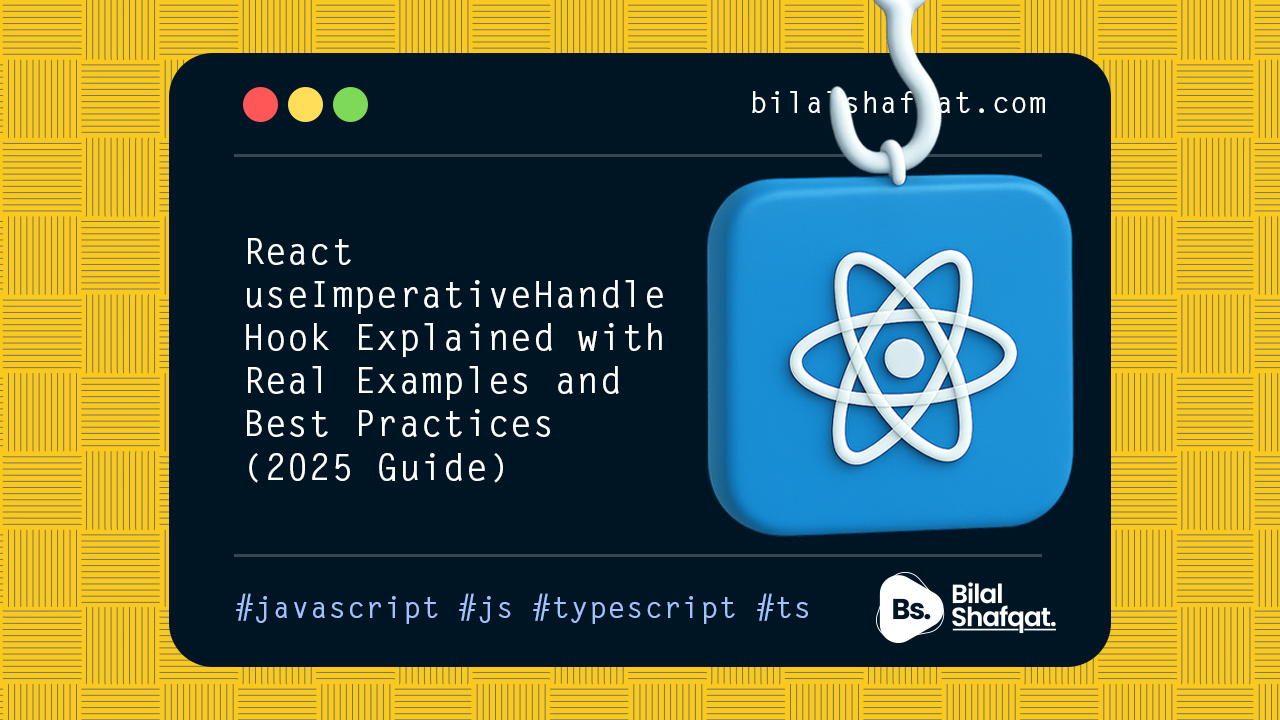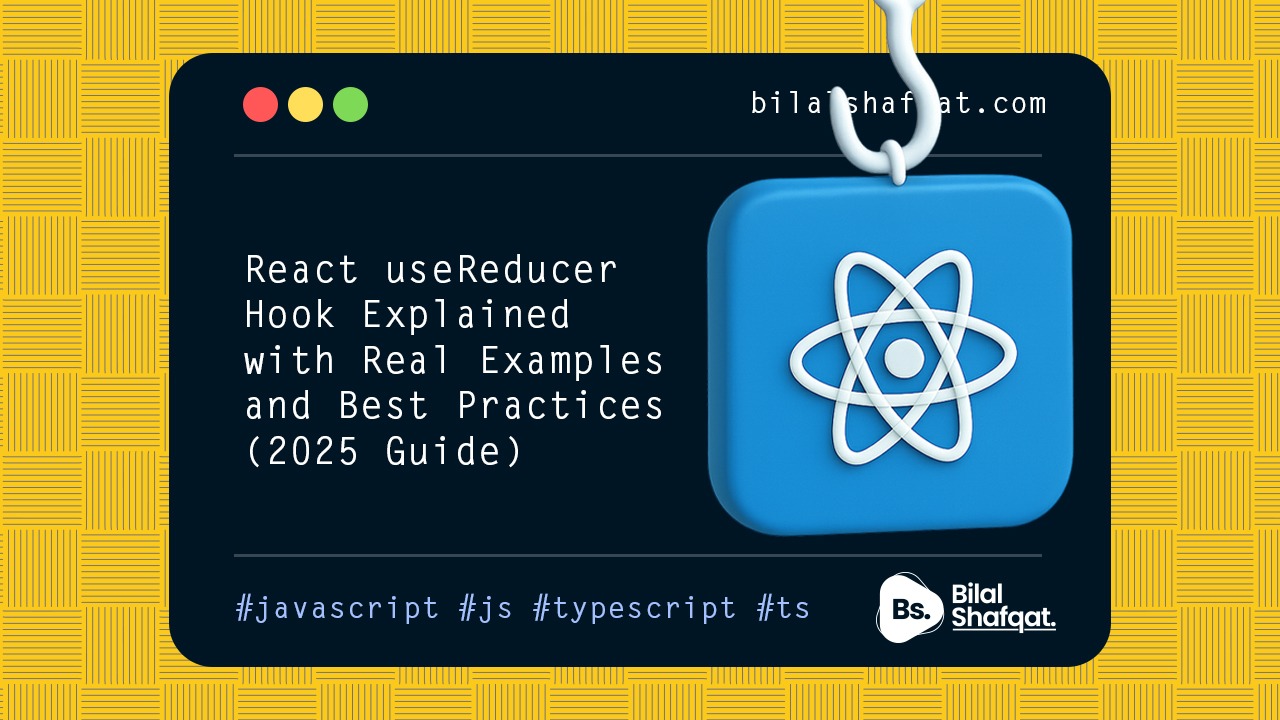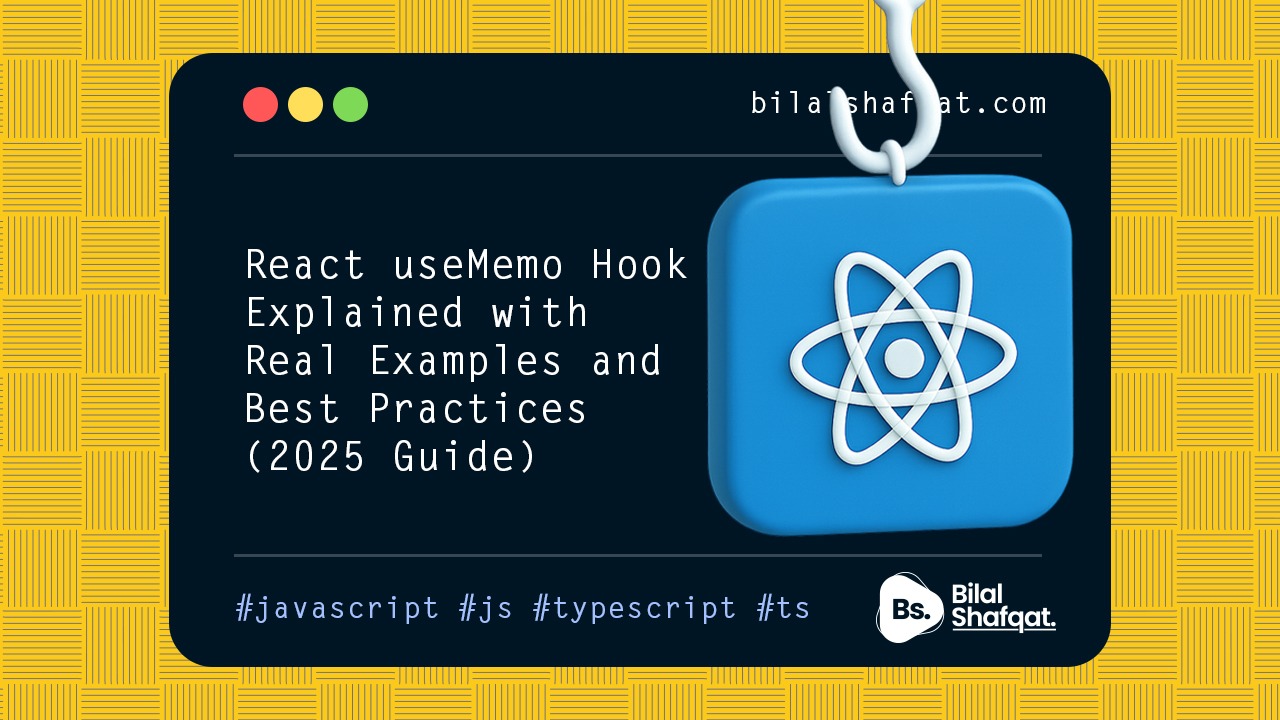
React State Management: useState vs Redux vs Context — What to Use and When in 2025
- bilalshafqat42
- June 16, 2025
- React Js, Redux
- 0 Comments
Introduction: Why State Management Matters in React
React is known for its declarative, component-based architecture — but how you manage state determines the structure, performance, and scalability of your application.
Whether you’re building a simple to-do list or a full-scale dashboard, choosing the right state management tool can make or break your app’s user experience and developer efficiency.
In this article, we’ll compare the three most common React state management options:
useState- Context API
- Redux
We’ll cover what they are, when to use them, and how to choose the right one based on your project’s complexity and scale.
What Is State in React?
In React, state refers to data that determines a component’s behavior and rendering. It can be:
- Local (used only within a component)
- Global (shared across components)
- Transient (temporary, UI-related)
- Persistent (fetched from APIs or saved to storage)
As your app grows, so does your need to manage state in a predictable and maintainable way.
Option 1: useState — Best for Local State
The useState hook is React’s built-in way to manage local component state. It’s simple, lightweight, and ideal for isolated UI behaviors.
When to Use useState
- Form inputs
- Button toggles
- Modal visibility
- Scroll or tab state
- Anything that stays within a single component
🔧 Example:
import { useState } from 'react';
function Counter() {
const [count, setCount] = useState(0);
return (
<button onClick={() => setCount(count + 1)}>
{count}
</button>
);
}
Pros:
- Built into React — no setup required
- Very easy to learn and use
- Great for fast prototyping and small components
Cons:
- Not designed for sharing state between multiple components
- Can become messy when passed through many levels (props drilling)
Option 2: Context API — Best for Shared State (Lightweight)
The Context API allows you to create global state that can be accessed by any component without manually passing props down the tree.
It’s ideal for simple cross-app data like themes, language preferences, or authentication status.
When to Use Context
- Theme (light/dark mode)
- User authentication
- Language (i18n)
- App layout preferences
🔧 Example:
const ThemeContext = React.createContext();
function App() {
return (
<ThemeContext.Provider value="dark">
<MyComponent />
</ThemeContext.Provider>
);
}
function MyComponent() {
const theme = useContext(ThemeContext);
return <Text>{theme}</Text>;
}
Pros:
- No third-party library required
- Clean for small-scale global state
- Works well with hooks (
useContext)
Cons:
- Rerenders all consumers when state changes
- Not ideal for complex or deeply nested updates
- No built-in async handling or debugging tools
Option 3: Redux — Best for Complex, Scalable Applications
Redux is an external state management library used for complex React apps with multiple shared states and advanced logic.
When to Use Redux
- Large applications with deeply shared state
- Apps with complex business logic
- Applications requiring middleware (e.g., logging, analytics, caching)
- API-driven apps with multiple async flows
🔧 Example (basic dispatch):
dispatch({ type: 'INCREMENT_COUNTER' });Pros:
- Predictable and scalable
- Supports middleware like redux-thunk, redux-saga
- Powerful devtools with time-travel debugging
- Well-documented and battle-tested
Cons:
- Steeper learning curve for beginners
- More boilerplate code (less with Redux Toolkit)
- Might be overkill for small projects
Side-by-Side Comparison
| Feature | useState | Context API | Redux |
|---|---|---|---|
| Scope | Local | App-wide (simple) | App-wide (complex) |
| Setup | None | Minimal | External package |
| Performance | Fast | Medium (rerenders) | Optimized |
| DevTools | ❌ | ❌ | ✅ |
| Async Middleware | ❌ | ❌ | ✅ |
| Ideal Use Case | Small UI state | Themes/Auth | APIs/Complex apps |
How to Choose: Decision Guide
- Small component state? → useState
- Simple shared state (like theme)? → Context
- Large app with APIs & async logic? → Redux
You can combine them:
- useState for local UI
- Context for layout/auth
- Redux for API and async global data
Pro Tip: Use Redux Toolkit
If Redux seems too heavy, use Redux Toolkit (RTK) — the modern and official way to write Redux code.
It provides:
createSlicefor simpler reducers- Built-in devtools support
- Built-in
createAsyncThunkfor handling APIs
🔍 Related Tools and Alternatives
- Zustand – Minimal state management with hooks
- Recoil – State management from Meta
- Jotai – Atomic state for React
- MobX – Observable-driven reactivity
Final Thoughts: State Management in React Doesn’t Have to Be Hard
React gives you options — from local to global, from simple to powerful.
You don’t need to over-engineer your app. Start small, scale gradually, and adopt tools like Context or Redux only when needed.
As of 2025:
useStateis still perfect for small UI components- Context works great for lightweight global state
- Redux (with Toolkit) remains the best option for complex apps




